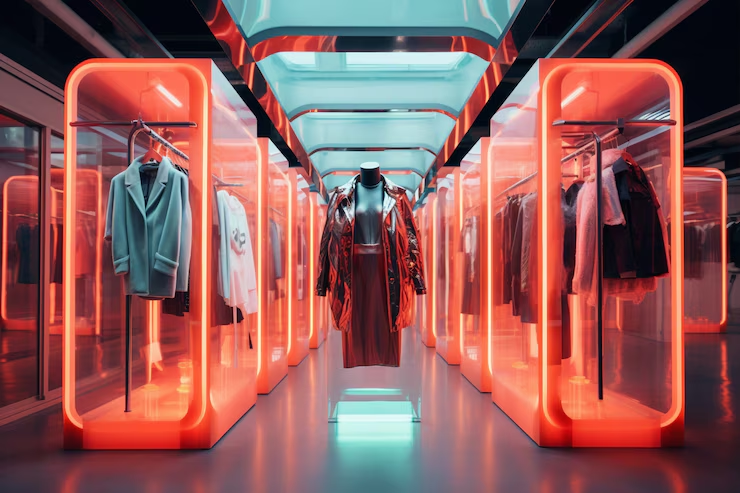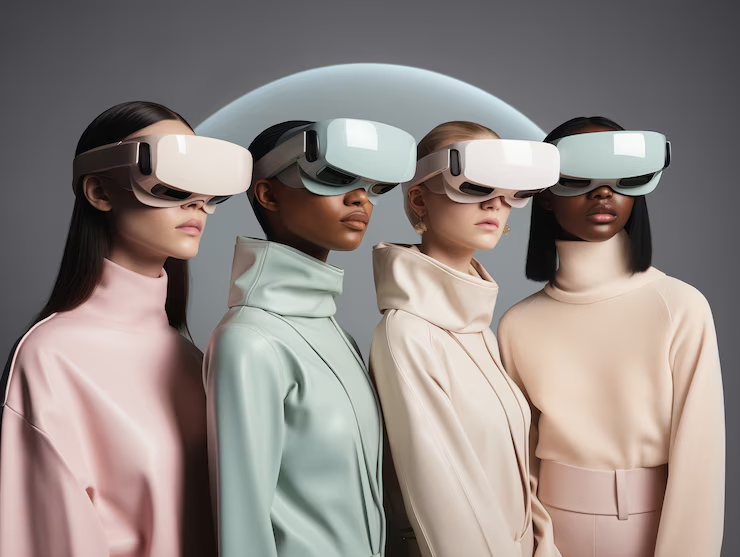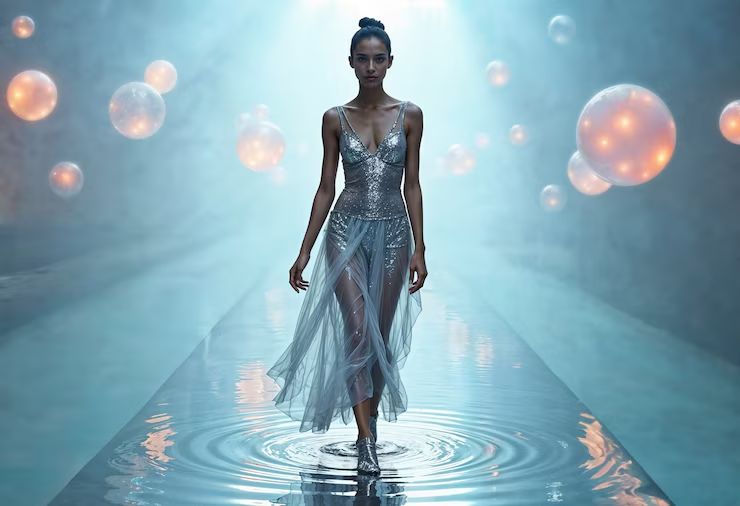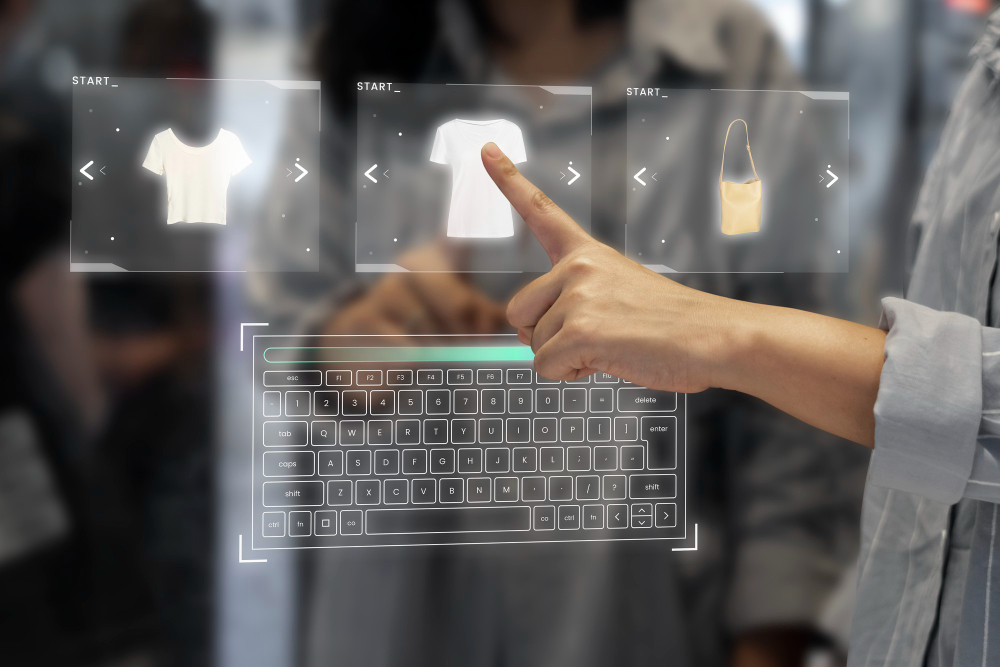Table of contents
How Technology Is Transforming the Way We Design, Wear, and Experience Fashion

The Future of Fashion is no longer stitched solely in fabric—it’s coded in pixels, built on blockchain, and showcased in virtual spaces. As the digital world rapidly expands through the metaverse, fashion is being redefined from physical garments to virtual experiences. Welcome to an era where clothing is no longer limited by the laws of physics or supply chains.
In this article, we dive deep into how digital clothing, virtual identity, and immersive tech are reshaping the Future of Fashion, and what that means for designers, consumers, and the fashion industry as a whole.
What Is Digital Fashion?

Digital fashion refers to garments designed, worn, and experienced entirely in virtual environments. These pieces don’t exist in the physical world; they live on screens, in games, social media, and digital platforms like the metaverse. Users can “wear” digital fashion in photos, virtual meetings, and 3D worlds.
Companies like DressX, The Fabricant, and luxury brands like Balenciaga and Gucci have already begun selling digital garments or collaborating in virtual spaces like Roblox and Fortnite. These innovations are not just gimmicks—they are cornerstones of the Future of Fashion.
Why Digital Fashion Is Gaining Momentum
The rise of digital fashion is driven by multiple global trends:
- Sustainability: Digital clothing produces no physical waste and drastically reduces environmental impact.
- Identity Expression: In virtual spaces, people can experiment with bolder styles and identities without societal limits.
- Gaming & AR/VR Integration: Platforms like Roblox, Decentraland, and Zepeto are integrating fashion into user avatars.
- NFTs and Ownership: Blockchain allows for verified ownership of unique digital fashion items—merging fashion with collectibles.
These trends reveal that the Future of Fashion is not just about what we wear—but how we exist in digital and hybrid realities.
Metaverse Style and Virtual Identity
The metaverse isn’t just a playground—it’s a new arena for self-expression, commerce, and creativity. Fashion in the metaverse includes everything from avatar skins to AR-enhanced accessories and wearables with animated textures or interactive features.
For fashion brands, this means creating immersive, brand-aligned experiences—such as NFT drops, virtual fashion shows, or even augmented try-ons that blend physical and digital fashion seamlessly. The Future of Fashion is intertwined with the evolution of how we present ourselves online.
Fashion’s Digital Revolution in Real Life
Even in physical fashion, digital technologies are playing a pivotal role. AI and 3D design tools allow faster, more sustainable garment development. Augmented reality lets consumers “try on” clothes virtually via their smartphones. And digital twins of physical garments are being used for inventory tracking and resale verification.
This convergence of fashion and tech ensures that the Future of Fashion is immersive, interactive, and intelligent—paving the way for brands and designers to reimagine creativity and commerce.
Frequently Asked Questions
A: Digital clothing is created using 3D software and worn virtually—often superimposed on photos, videos, or avatars via apps, games, or AR platforms.
A: The metaverse provides a new stage for fashion brands to showcase collections, sell digital garments, and let users express identity through virtual avatars.
A: It doesn’t require physical materials or shipping, drastically reducing waste, water usage, and carbon emissions associated with traditional fashion.
A: NFTs (non-fungible tokens) are unique digital items stored on a blockchain. In fashion, they allow for verifiable ownership of exclusive digital garments or accessories.
A: Designers often use 3D modeling software like CLO3D, Blender, or Marvelous Designer, along with understanding digital textures, animation, and blockchain integration.





